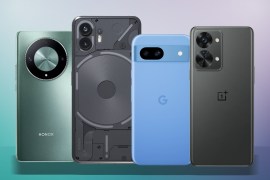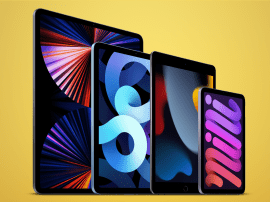CES 2024: 5 key tech trends from the world’s biggest tech and gadget show
All the major 2024 tech trends we expect to see this year
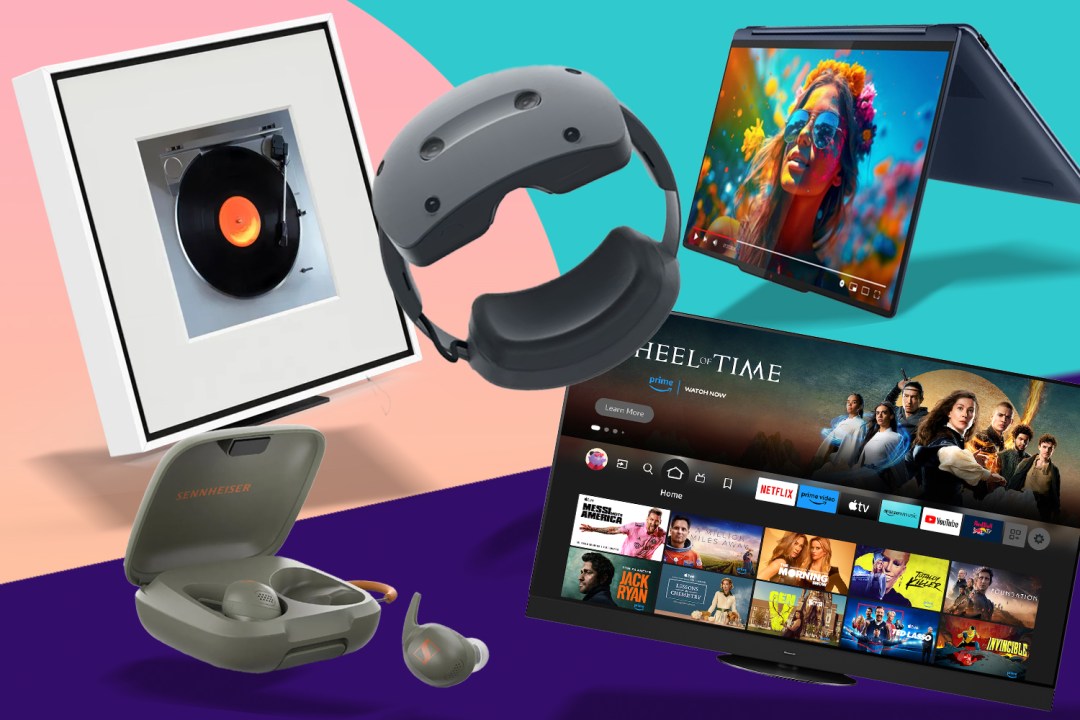
The best 2024 tech trends — you want ‘em, we got ‘em. At least, we’ve taken a very decent stab at predicting them, based on everything we’ve seen during our time at CES 2024. We’re not going to guarantee they all come to fruition — but there’s a very good chance they will.
- Read more: All the best news from CES 2024
From AI and mixed reality, to tech-packed headphones and camouflaged gadgets, there should be something below to tantalise your tech sense. And before you scroll down, you might also want to catch up on the most exciting tech revealed in Vegas, courtesy of Stuff’s CES 2024 Awards.
AI in all the things (especially laptops)
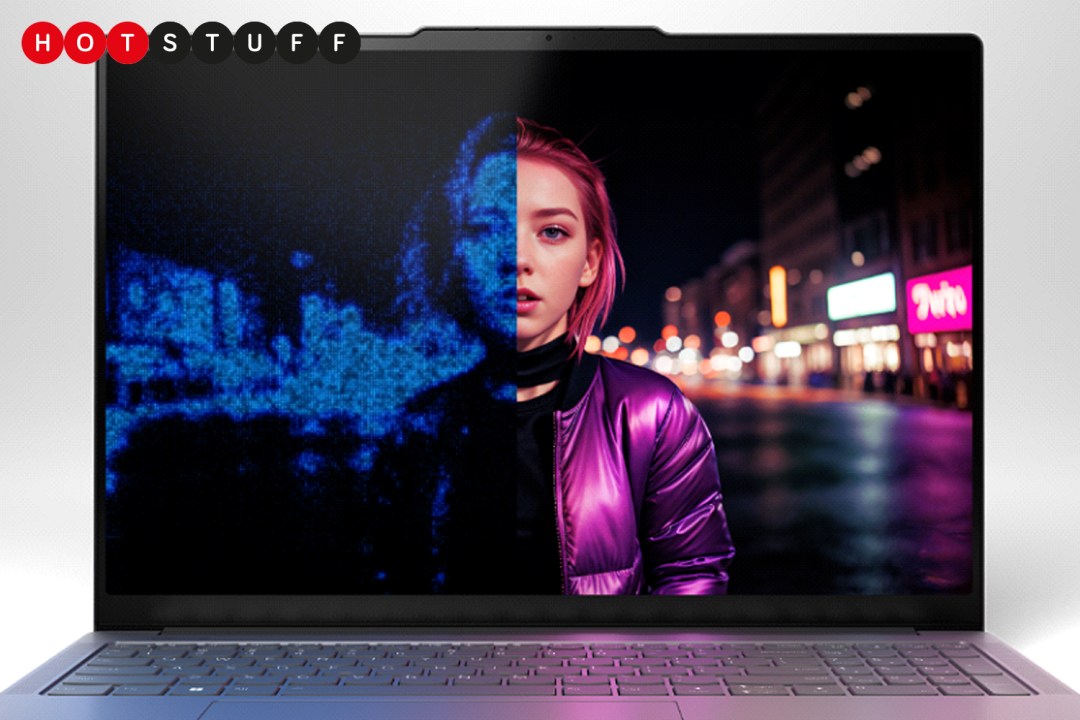
AI — particularly of the ChatGPT and image generation variety — exploded in popularity in 2023, and also looks set to be one of the main 2024 tech trends, bringing the power of machine learning to consumers. CES 2024 was packed with a whole host of new laptops, many of which were touting built-in AI smarts as a major selling point.
Part of this is down to the inclusion of Intel’s new Core Ultra processors in new models, such as MSI’s Prestige 16 AI Series. Each CPU also includes a Neural Processing Unit (NPU), which is a special chip dedicated to handling AI tasks. These can range from automatically optimising power consumption and system performance depending on the task at hand (playing games vs Zoom calls, for example), to full-blown media creation.
Lenovo’s new Yoga Creator Zone is another rather impressive example. It’s a clever bit of software bundled with some of its newer notebooks, which unlocks the power of prompt-based image generation, even if you’re not connected to the internet. This is a pretty big deal, as not only will it allow you to flex your creative muscles when you’re not online, but the fact that it’s all created and processed locally is a big deal for privacy enthusiasts too.
The future’s bright (for TVs at least)
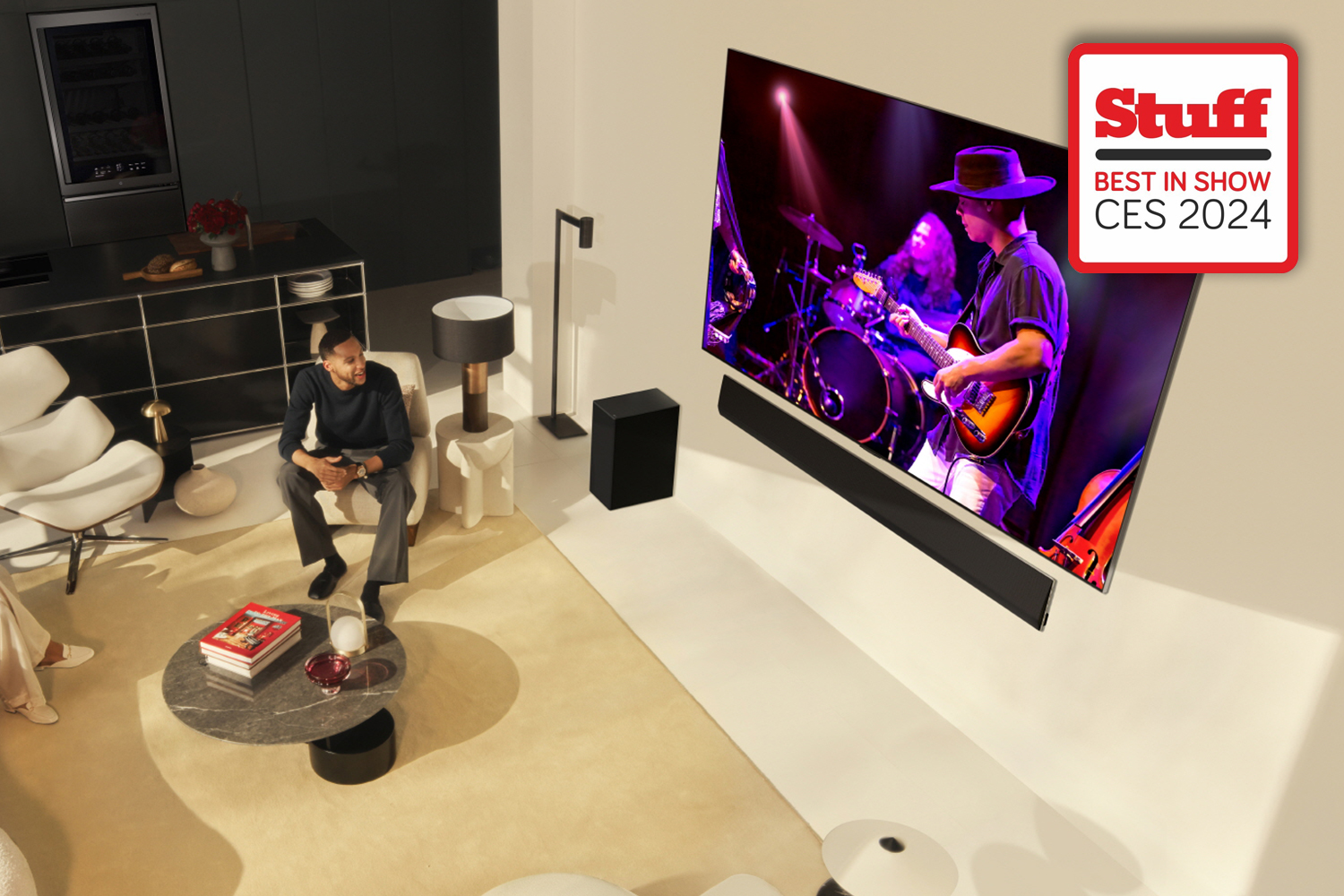
TVs traditionally tend to make up a hefty chunk of the announcements at CES, and this year was no different. Being huge OLED fans, we were more than pleased to see even more improvements made on the brightness of OLED panels in sets from various manufacturers, including Panasonic and LG. Given that screen brightness is one of OLED’s main downfalls, any improvements in this field should make home cinema fans very happy indeed.
The LG G4 was one of the standout TV launches this year, improving on the Micro Lens Array (MLA) tech found in last year’s G3, resulting in an even brighter display with 3000 nits peak brightness (that’s seriously impressive for an OLED panel) which, combined with even higher refresh rates, could make gamers with bright sunlit lounges very happy indeed.
OLED aside, we also saw Mini LED models pushing the 3000 nits brightness envelope, like Hisense’s ULED series, for example. If that wasn’t enough, the company’s ULED X 98UX bumps things up to 5000 nits, while the 110UX practically bowled people over with its gargantuan 110in display (complete with 40000 dimming zones, no less), along with 10000 nits of brightness. Take that, sun.
Mixed reality
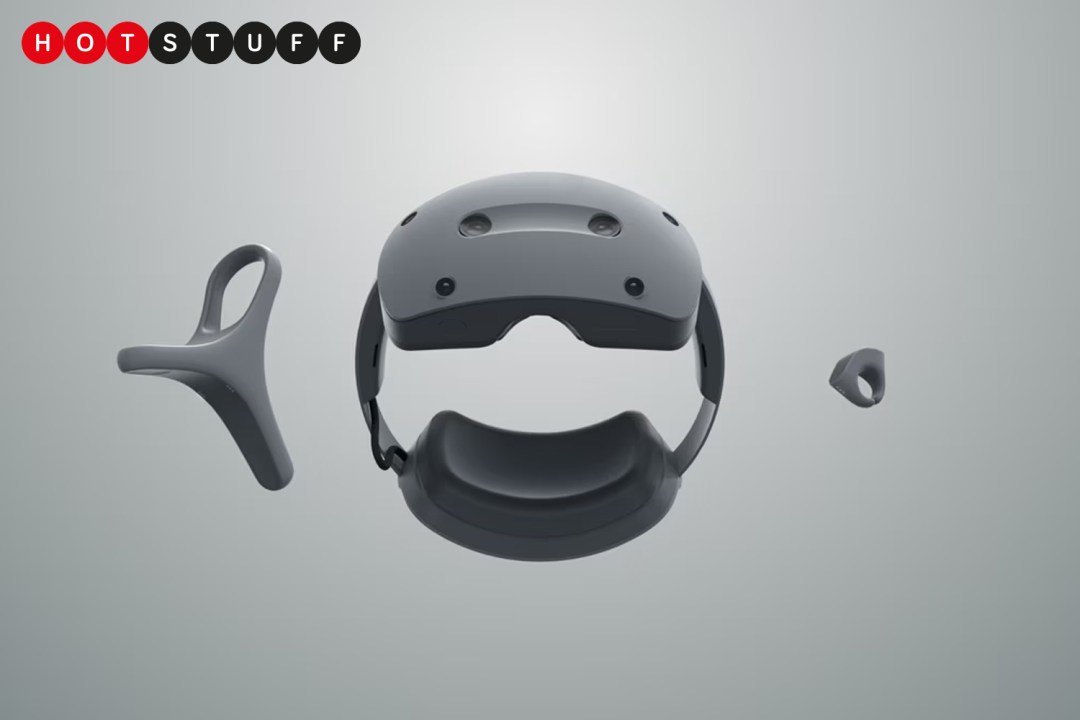
With the Apple Vision Pro launching in February, mixed reality was always going to a hot 2024 tech trend. And its importance is cemented further with Qualcomm revealing its new XR2 Plus Gen 2 processor, which is capable of delivering 4.3K, 90fps per eye in any future headset that decides to harness its power.
One such headset is Sony’s unnamed XR (Extended Reality) head-mounted display, which is up there as one of the most attractive headsets we’ve seen to date, with plenty of power and innovative controls to match. Sadly, it appears to be aimed at commercial applications, so gamers will have to wait for news of more consumer-focused headsets powered by Qualcomm’s silicon. If our predictions are correct however, it shouldn’t be too long before one is revealed.
We also saw examples of mixed reality outside of headsets. Owners of BMW’s newer vehicles can combine them with the power of the XREAL Air 2 AR glasses to experience virtual navigation instructions, hazard warnings, and information on charging stations — all overlaid in the real world.
Feature-packed headphones
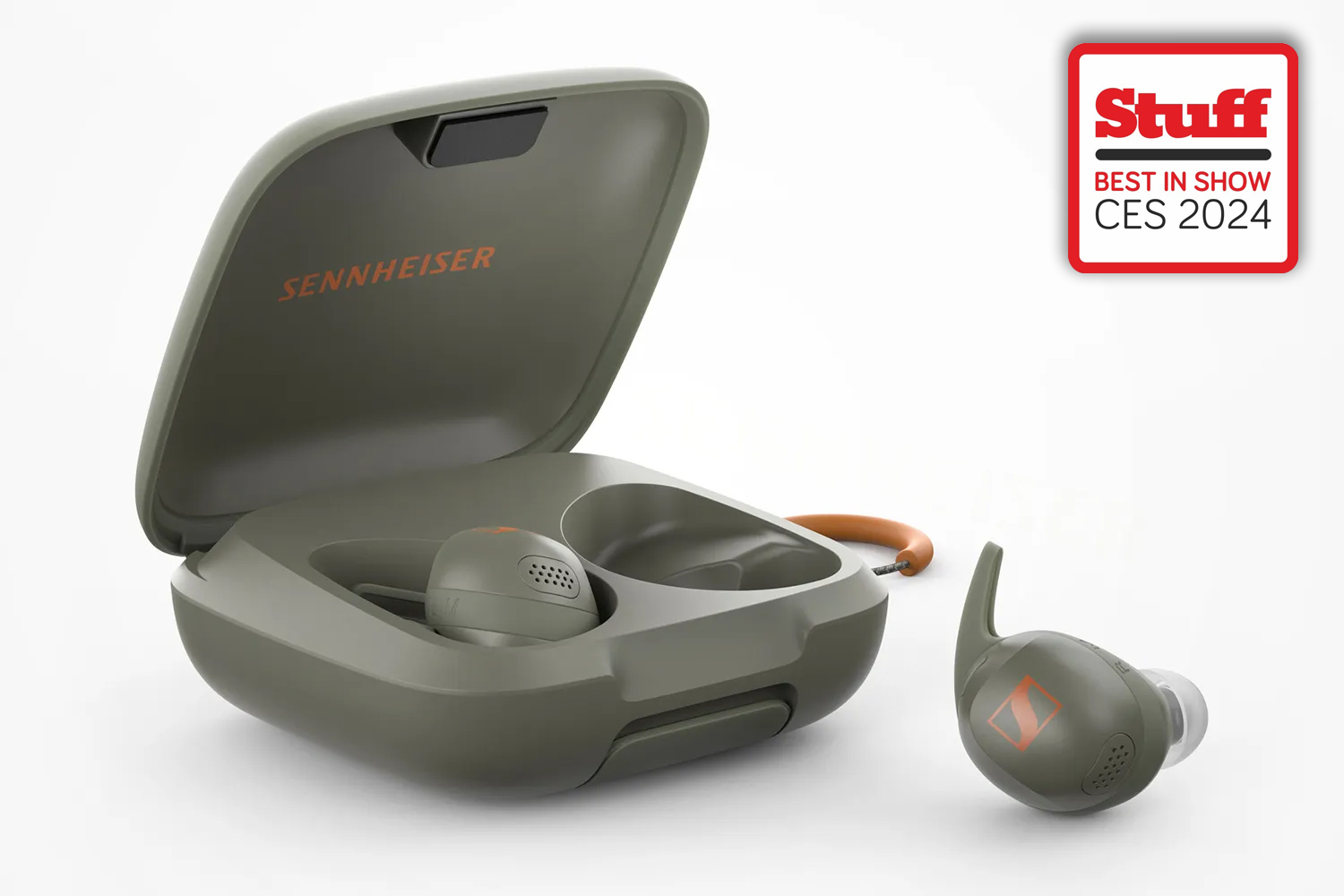
This year, we expect to see plenty of headphones released with all manner of additional smart tech in a bid to tempt users to upgrade from their traditional cans and buds. Take Sennheiser’s Momentum Sport wireless earbuds. Revealed at CES amongst a smattering of other audio devices, it made headlines thanks to its in-built heart rate monitor and temperature sensor. Even better, is its compatibility with a vast range of popular health-tracking apps, including Apple Health, Garmin Connect, Strava, Peloton, and Polar Flow. That’s a seriously impressive roster of services, which should instantly propel it to the top of any fitness enthusiast’s wireless earbud wishlist.
In comparison, JBL’s new LIVE TWS 3 Series earbuds might not have any fitness tech packed within, but they still up the ante compared to most rivals, thanks to the inclusion of a built-in 1.45in touchscreen on the charging case. It lets you tweak the settings, adjust the EQ, and control music playback, without having to whip out your phone. And while it might seem redundant, we can almost guarantee we’ll see similar setups from other headphone manufacturers before the year is up.
Hidden in plain sight
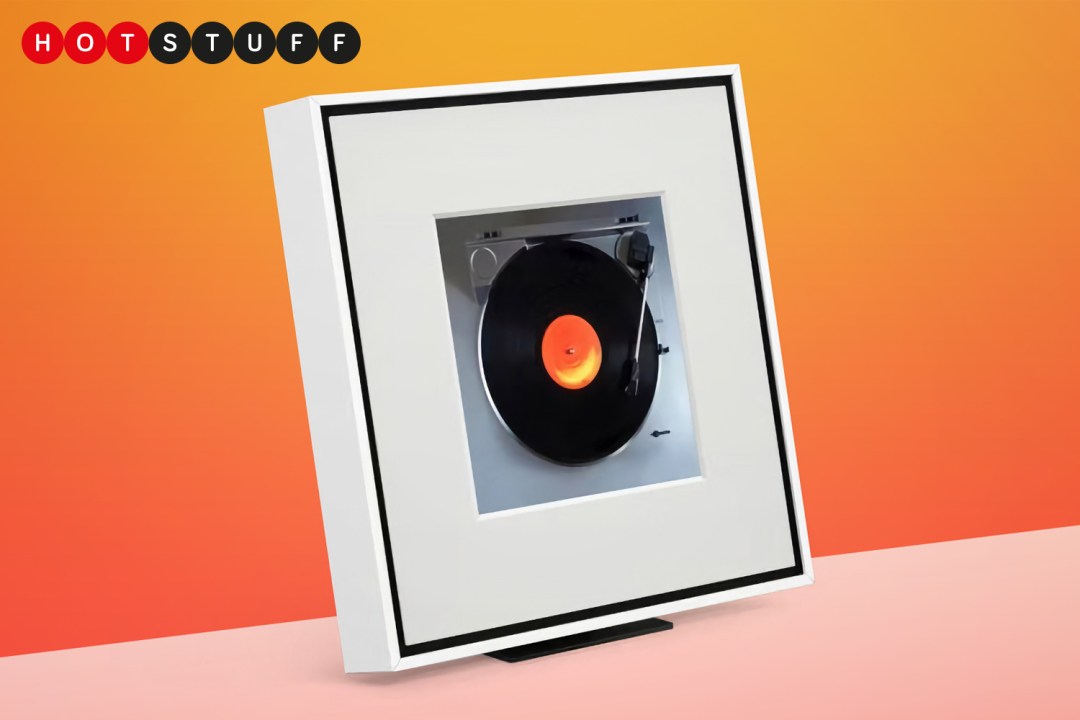
Another key 2024 tech trend we spotted at CES (and one that we hope takes off this year), is hidden tech. Or, to put it another way, tech that doesn’t actually look like tech. Confused? How about an example in the form of the Xgimi’s Aladdin. It’s a 1080p projector that resembles a ceiling lamp, letting it hide in plain sight when not in use. A superb solution for those who want to enjoy all the benefits of a TV without an ugly black screen dominating their carefully curated lounge, it even doubles up as a 360-degree Harman Kardon-powered Bluetooth speaker, and can be installed in most existing light sockets.
Elsewhere, Samsung’s Music Frame turned heads with its rather attractive design. Resembling a regular 12in photo frame from the front, you can load it up with any physical photos or prints you desire, just like you would with a regular frame. Hidden within however, is a formidable speaker setup, letting you listen to your tunes without any obvious speaker in view. We haven’t confirmed if it can accept vinyl album covers, but we’re really hoping it can, for obvious reasons.

